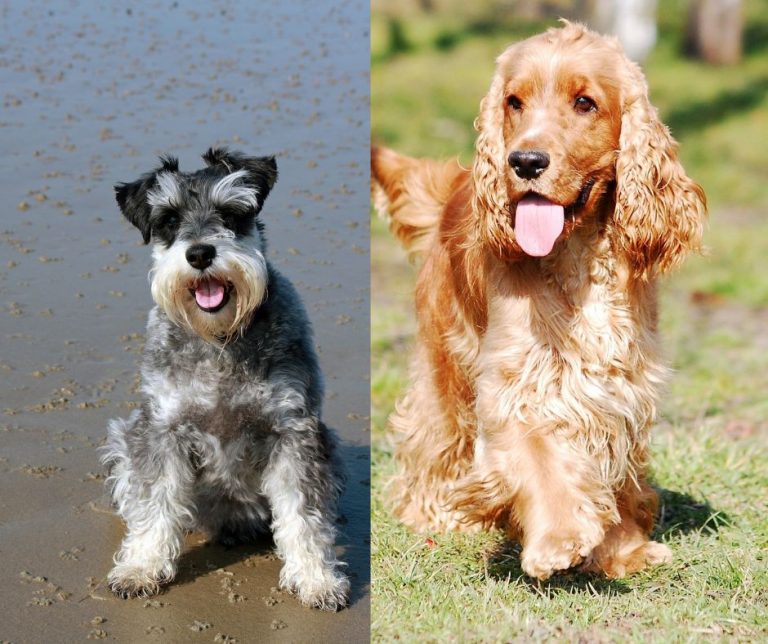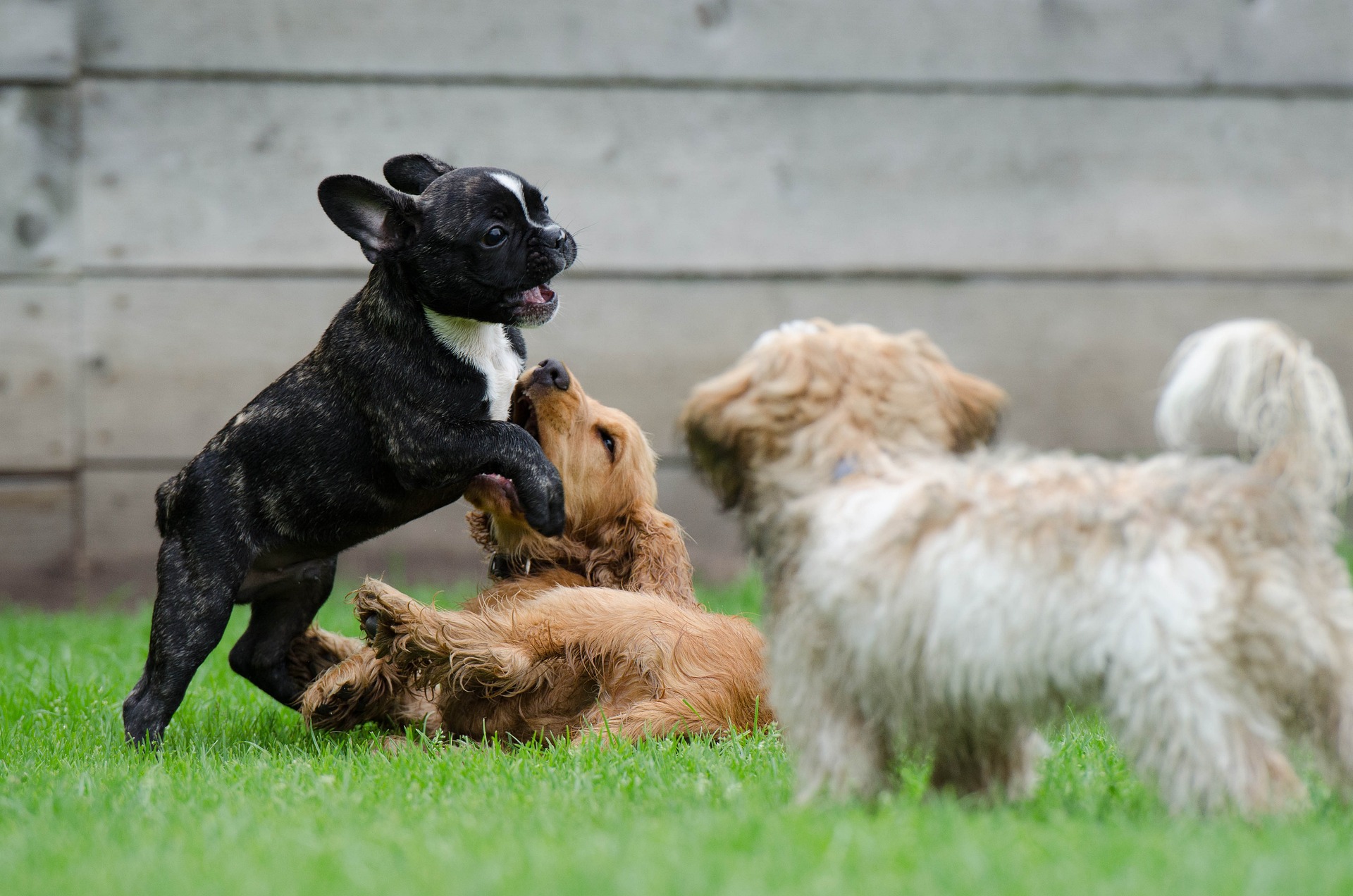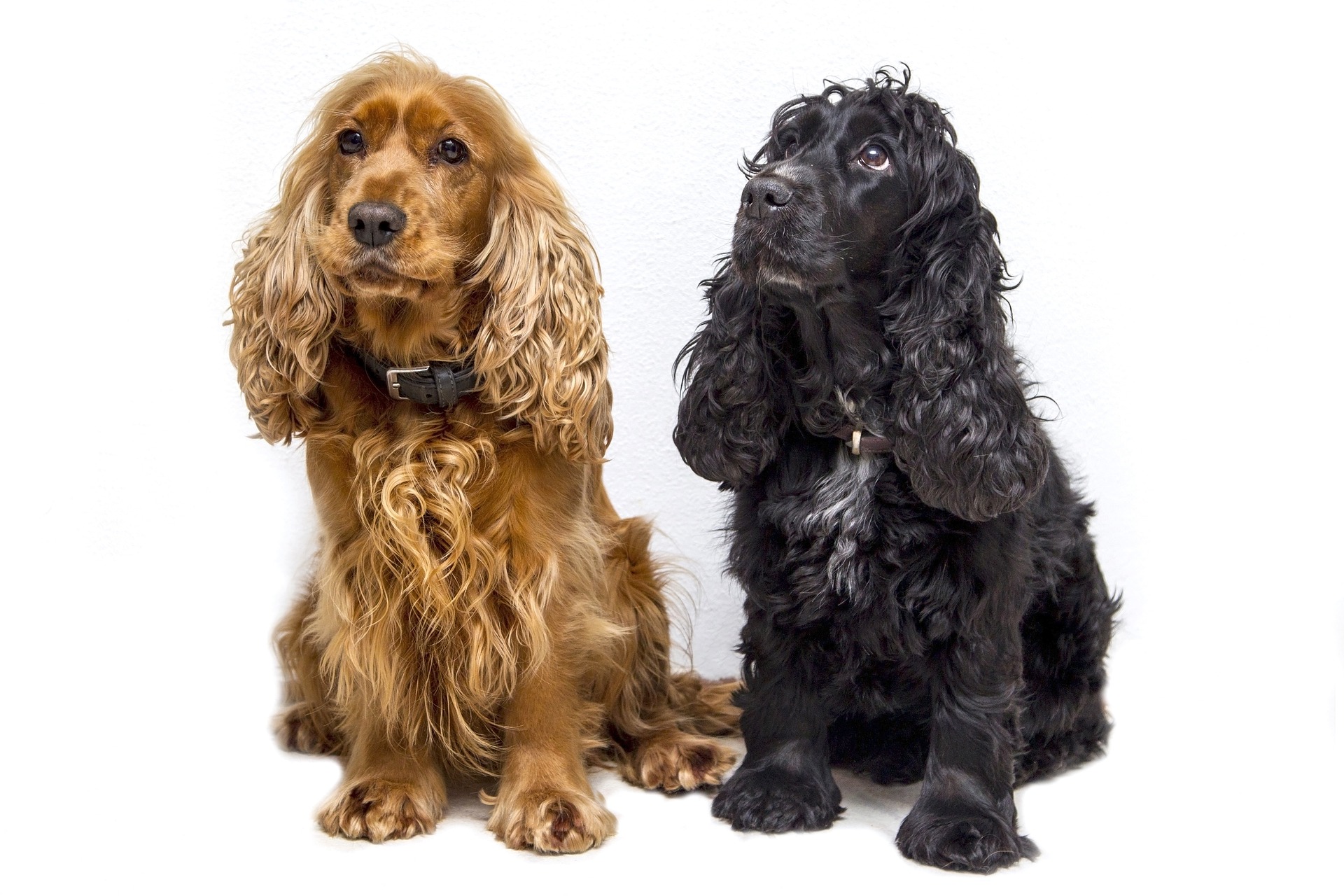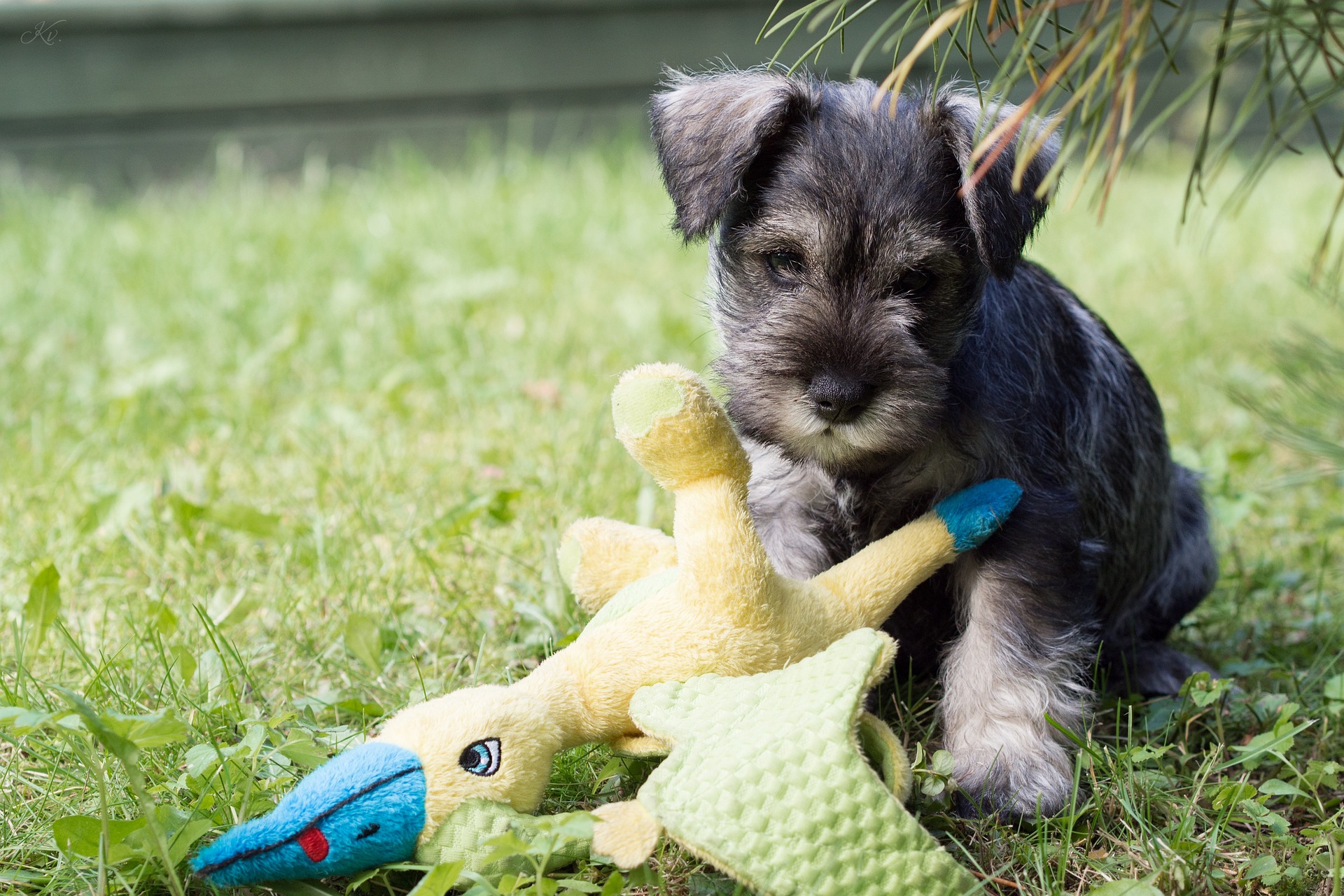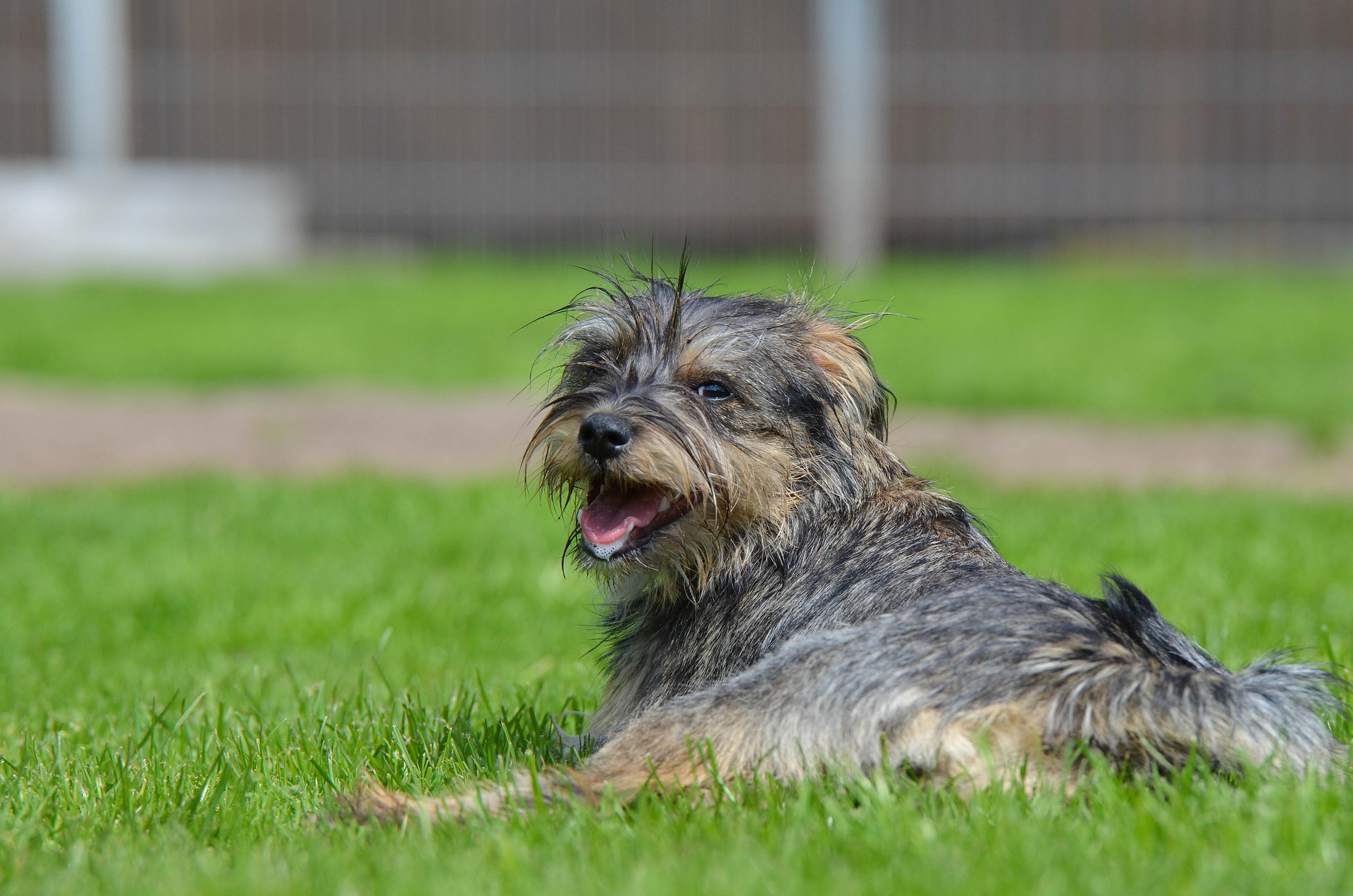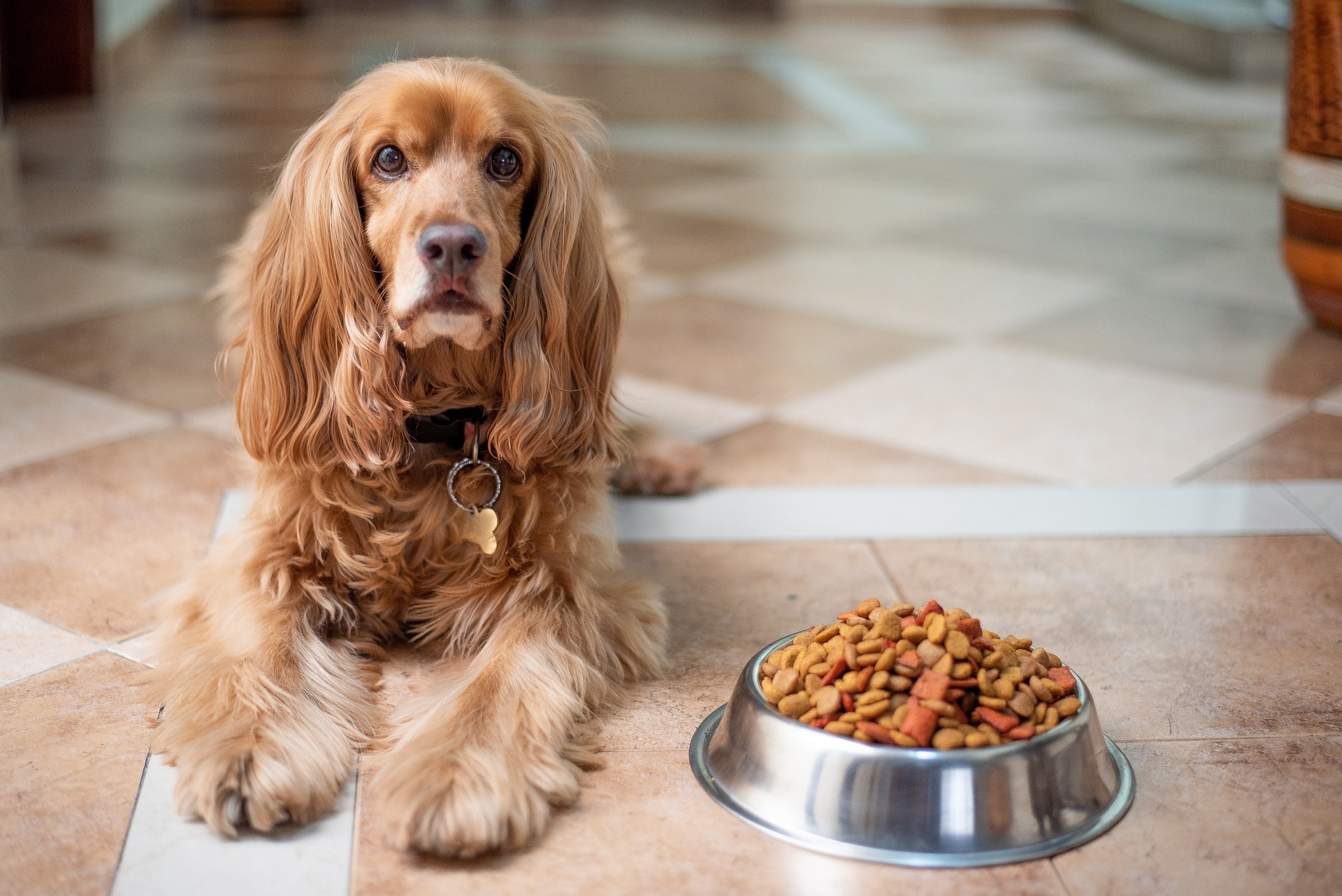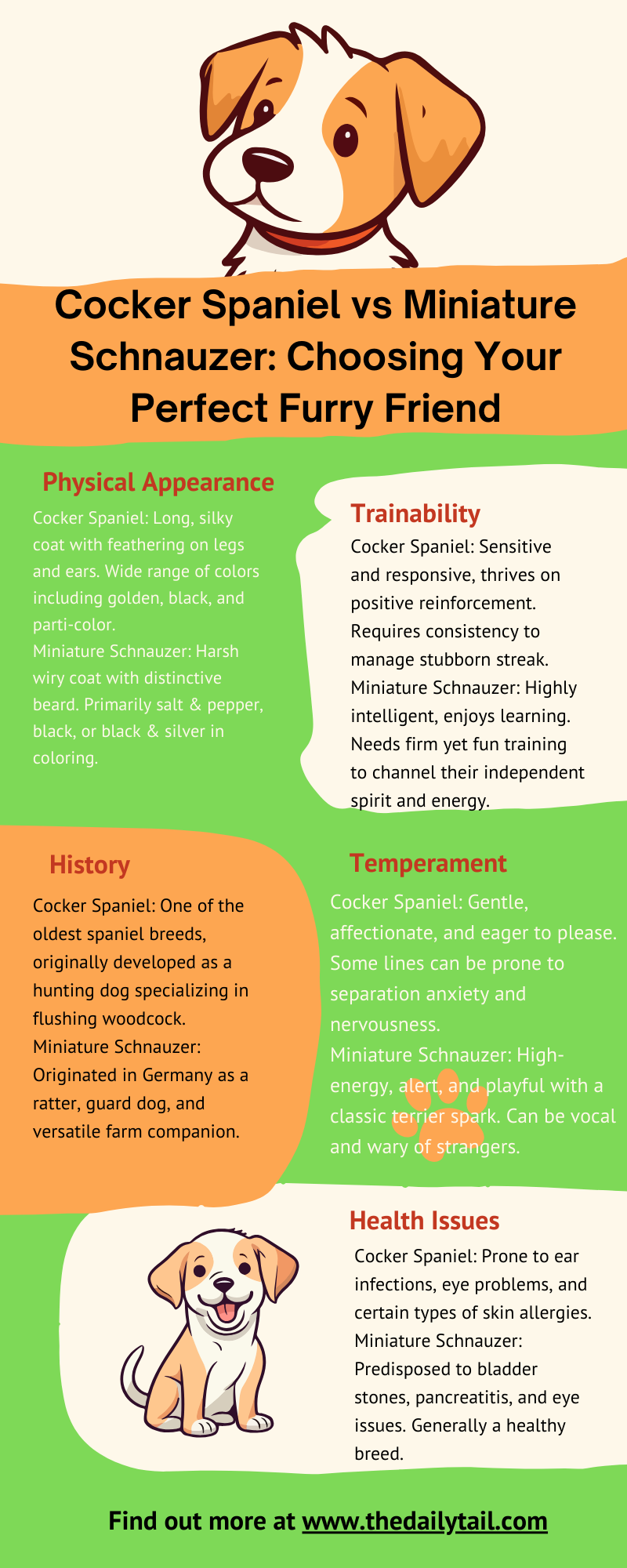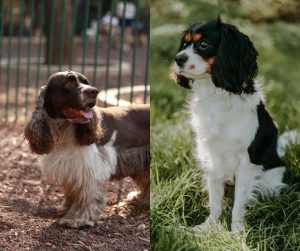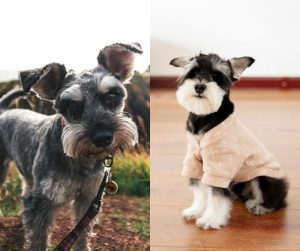From floppy ears to feisty beards, I’ve seen the unique charm of both Cocker Spaniels and Miniature Schnauzers. Let’s delve into what sets these beloved breeds apart.
Choosing a new furry friend to join the family can be an adventure filled with excitement and a whirlwind of considerations. When weighing options such as the Cocker Spaniel and the Miniature Schnauzer, potential pet owners find themselves comparing not just cute faces but the intricate details that set these breeds apart. Both breeds share a charm that is undeniable, yet their individual attributes cater to diverse preferences and lifestyles.
The Cocker Spaniel, with its lush, wavy coat and endearing eyes, has long been a favorite for those seeking a compassionate companion, equally at home in the field or by your feet. On the other hand, the Miniature Schnauzer, sporting a distinctive beard and sharp look, brings a spirited and alert presence into the home, matched with a coat that is wiry to the touch. Despite their differences, each breed offers its own version of loyalty, intelligence, and affection that make them excellent candidates for a wide array of dog lovers.
Let’s take a look at the Cocker Spaniel vs Miniature Schnauzer dog breed comparison.
Key Takeaways
- Both breeds are well-suited for new pet owners and are known for their friendly nature
- Cocker Spaniels and Miniature Schnauzers have distinct physical characteristics and grooming needs
- Considering a pet’s temperament, potential health issues, and the living environment is crucial when choosing between breeds
Breed Overview
Choosing between the Cocker Spaniel and the Miniature Schnauzer presents a delightful dilemma for prospective dog owners. Both breeds have a rich history and enjoy a devoted following, making them popular choices for a family dog.
Breed Origins
Cocker Spaniel:
Originating from Spain, the Cocker Spaniel has two main types: the English Cocker Spaniel and the American Cocker Spaniel. They were revered for their ability in bird hunting, especially woodcocks—hence the name “Cocker.” The English Cocker Spaniel is the older of the two, recognized for its distinctive longer muzzle and larger size. Meanwhile, the American Cocker Spaniel deviates with a slightly smaller stature and a rounder face, having been bred in the United States to appeal more to pet owners than hunters.
The Cocker Spaniel shares history with the Cavalier King Charles Spaniel. There are also other Spaniels in this breed group.
Miniature Schnauzer:
On the flip side, the Mini Schnauzer hails from Germany. They were bred down from their larger cousins, the Standard Schnauzer, to be rat catchers on farms. Unlike the Cocker Spaniels, Miniature Schnauzers have a wiry coat and were necessitated by farmers needing a feisty but more compact dog.
Nowadays, we also have a Standard Schnauzer, who is larger in size. The American Kennel Club does recognize the two sizes, but under the same dog breed.
Breed Popularity
Cocker Spaniel:
Cocker Spaniels, both American and English, were immensely popular in the United States throughout the 20th century. They wear their popularity with a crown of friendly disposition and a flowing coat that wins hearts easily. The American Cocker Spaniel once held the spot as the most popular breed in America for many years.
Miniature Schnauzer:
They may not have a royal mantle like their spaniel counterparts, but Miniature Schnauzers carry their own torch of popularity. Their distinctive beard and eyebrows give them an air of intelligence and charm. They’ve consistently ranked high as a favored breed, capturing the adoration of families with their spirited personality and manageable size.
Both breeds reflect the love that people have for dogs with engaging personalities and a storied past. Whether one covets the graceful presence of a Cocker Spaniel or the spunky spirit of a Miniature Schnauzer, they each offer companionship that’s been cherished through the ages.
Physical Characteristics
When comparing the Cocker Spaniel vs Miniature Schnauzer, one can’t help but notice distinct differences in their looks that set them apart. They’re both charming in their own way, with their size, coat, and colors providing a quick visual cue on which breed one might be looking at. Any of these small dog breeds will be a perfect family pet.
Size and Weight
The Cocker Spaniel typically stands taller than the Miniature Schnauzer, with an average height range of about 13.5 to 15.5 inches for females and 14.5 to 16 inches for males. They carry a bit more weight too, with females weighing in at around 20 to 25 pounds and males between 25 and 30 pounds.
On the other hand, the Miniature Schnauzer is a bit smaller, generally measuring between 12 to 14 inches, regardless of gender. As for their weight, they’re lighter on the scale, usually weighing between 11 to 20 pounds.
Coat and Colors
Coat type is another prominent feature that separates the two. The Cocker Spaniel sports a luxurious, silky coat which can either be flat or slightly wavy. Their hair can grow quite long and demands regular grooming to avoid tangles and mats.
- Cocker Spaniel Colors: They come in a variety of colors—black, liver, red, gold, silver, and different markings including tan points
However, the Mini Schnauzer boasts a double coat, with a wiry topcoat and a soft undercoat, which gives them a distinct, rugged appearance. Regular trimming is necessary to maintain their neat, bushy eyebrows and beard.
- Miniature Schnauzer Colors: Most commonly seen in salt and pepper, but also in black and silver, or solid black or white
Each breed’s physical characteristics contribute to their unique charm, whether it’s the Cocker Spaniel’s flowing locks or the Miniature Schnauzer’s smart, groomed look!
Temperament and Personality
Choosing between a Cocker Spaniel and a Miniature Schnauzer for your home can be quite an exciting process. They are equally affectionate and loving breeds, fitting seamlessly into family life. While Cocker Spaniels are known for their gentle and amiable nature, Miniature Schnauzers exhibit a spirited and attentive personality. Both breeds display good energy levels and are naturally sociable, making them delightful companions.
Family Integration
Cocker Spaniels are renowned for their affectionate and kid-friendly demeanor, thriving on companionship and preferring to be an integral part of the family. Their loving nature often translates into a wonderful relationship with children.
On the other hand, Miniature Schnauzers are also lovely family pets, known for their energy and intelligence. They can be a bit more independent and stubborn at times; however, this often contributes to their charm. Both breeds have a decent prey drive, so while they typically get along with other pets, early socialization is key, especially for the Cocker Spaniel, who may enjoy chasing.
Pet Compatibility
When considering pet compatibility, both the Cocker Spaniel and Miniature Schnauzer generally exhibit a pet-friendly disposition. However, their interaction with other animals can differ due to their inherent traits.
- Cocker Spaniels: They tend to be affectionate and sociable with other dogs. Early socialization is important to nurture this trait
- Miniature Schnauzers: They are known for their alertness and guarding instincts, which can be tempered with proper dog training to avoid any overprotectiveness around other pets
Training both breeds tends to be a pleasant experience. The Cocker Spaniel may occasionally show a softer, more sensitive side, while the Miniature Schnauzer brings an eagerness to please that can make them slightly easier to train. Regardless, both can integrate well with family pets, particularly if they grow up together.
Health and Care
When bringing a Cocker Spaniel or Miniature Schnauzer into your home, understanding their health and care requirements is crucial for their well-being. Both breeds have their specific needs that, if met, can lead to a happy, healthy life. It’s important to recognize that each breed may have inherent dog health concerns, but with the right exercise and grooming, they can lead full lives.
Exercise Needs
Cocker Spaniels are energetic and require regular, daily exercise to maintain their dog health. A good mix of walks, playtime, and mental stimulation helps prevent behavioral issues and supports their overall well-being. They are prone to obesity, so consistent exercise is key.
- Exercise Recommendations for Cocker Spaniels:
Walks: 2 times a day, 30 minutes each
Playtime: Fetch, tug-of-war, or agility training for mental stimulation
Miniature Schnauzers, on the other hand, also need daily physical activity but are adaptable to their family’s lifestyle. Their intelligence and energy levels mean they thrive on engaging activities beyond simple walks.
- Exercise Recommendations for Miniature Schnauzers:
Walks: 1-2 times a day, 20-30 minutes each
Activities: Puzzle toys, obedience training, or dog sports
Grooming Requirements
The Cocker Spaniel’s silky coat requires regular grooming to prevent mats and tangles. They tend to shed moderately, so frequent brushing helps manage loose hair. Regular ear cleaning is also vital due to their long, floppy ears, which can trap moisture and lead to infections.
- Grooming Needs for Cocker Spaniels:
Brushing: 3-4 times a week
Ear Cleaning: Weekly checks and cleanings, more often if swimming
Miniature Schnauzers possess a wiry coat that is less prone to shedding but needs routine brushing and professional grooming to maintain their distinctive look. Their beard can trap food and debris, requiring daily cleaning to prevent issues.
- Grooming Needs for Miniature Schnauzers:
Brushing: 2-3 times a week
Professional Grooming: Every 5-8 weeks to trim and maintain coat shape
Understanding the health risks like hip dysplasia, cataracts, and other genetic conditions is also an integral part of care. Regular vet check-ups help mitigate issues such as progressive retinal atrophy, glaucoma, hypothyroidism, patellar luxation, and autoimmune hemolytic anemia, which either breed may encounter. With love, attention, and appropriate care, these dogs can live a full lifespan, generally ranging from 12 to 15 years for Cocker Spaniels and 12 to 14 years for Miniature Schnauzers.
Living Environment
Both the Cocker Spaniel and the Miniature Schnauzer can thrive in various living conditions, from cozy apartments to spacious homes with yards. They’re adaptable buddies, but just like any pet, they have specific needs that suit their temperaments.
Adapting to Spaces
Cocker Spaniels are generally easy-going and can adapt well to living indoors, including in apartments. Their moderate energy level means they are happy to lounge around after a good walk. They do, however, appreciate having a bit of space to move around and can be prone to wanderlust potential—so secure fencing and doors are important.
For Miniature Schnauzers, their compact size makes them good candidates for apartment living, too. However, they pack more energy than you might expect and need mental stimulation to avoid getting too stir-crazy indoors. Their wanderlust potential is on the higher end for small breeds, which means they could get the itch to explore if not properly entertained.
Exercise and Activity
In terms of exercise, both these breeds will need regular activities to keep them healthy and content.
Cocker Spaniels are typically less active and will often be satisfied with a couple of leisurely walks each day. Let’s break it down a bit:
- Daily Walks: Essential for both physical exercise and mental stimulation
- Indoor Play: They enjoy play sessions inside, perfect for those cold weather days
Miniature Schnauzers, on the other hand, have quite the energy level and do best with ample daily exercise. They’re an excellent match for active families who can provide:
- Regular Outings: A mix of walks and more vigorous activities like fetch or agility
- Mental Challenges: Puzzle toys or learning new tricks to keep their sharp minds busy
Both breeds can adapt to their environment, with the right amount of exercise and mental engagement. The key is that their families understand and tend to their needs, so the pups can be the content, loving pets they’re known to be.
Costs and Considerations
When bringing a new canine companion into one’s life, understanding the associated costs is essential. Whether it’s the upfront expense of acquiring a furry friend or the ongoing needs to keep them happy and healthy, pet parents should prepare financially.
Initial Expenses
Upon deciding to welcome a Miniature Schnauzer or Cocker Spaniel into their home, prospective owners will encounter initial costs such as the price of the puppy and essential items to get started. The purchase price for these puppies varies considerably, often reflecting lineage, location, and breeders reputation, but one can generally expect to budget between $600 to $1500 for a purebred.
A breakdown of what new owners might need includes:
- Crate: Essential for safe transportation and creating a cozy space at home
- Bedding: Comfortable sleeping area for a restful slumber
- Food and Water Bowls: Must-haves for meal times
- Collar, Leash, and Identification Tags: For secure and safe outings
- Initial Vet Visits and Vaccinations: To ensure puppies start on a healthy note
Long-Term Care
Owning a dog is a long-term commitment, with ongoing expenses such as food, grooming, and health care to consider.
- Food: Quality nutrition specifically formulated for small breeds, which can cost around $20-$40 monthly
- Grooming: Miniature Schnauzers require regular grooming every 5-8 weeks, with professional grooming services costing approximately $40-$60 per session, while Cocker Spaniels often require more frequent grooming due to their longer coats
Owners should also budget for these health considerations:
- Routine Veterinary Care: Regular check-ups and preventative measures are key for a pet’s well-being
- Health Conditions: Both breeds are susceptible to certain genetic health conditions. For the Cocker Spaniel, ear infections and eye problems are common, while the Miniature Schnauzer may face issues like pancreatitis or urinary stones. It’s important to be financially prepared for the potential of these health concerns, as treatment can be costly
While there’s much joy in dog ownership, they encourage potential owners to assess these expenses earnestly to ensure they can provide a loving and stable environment for their new companion.

